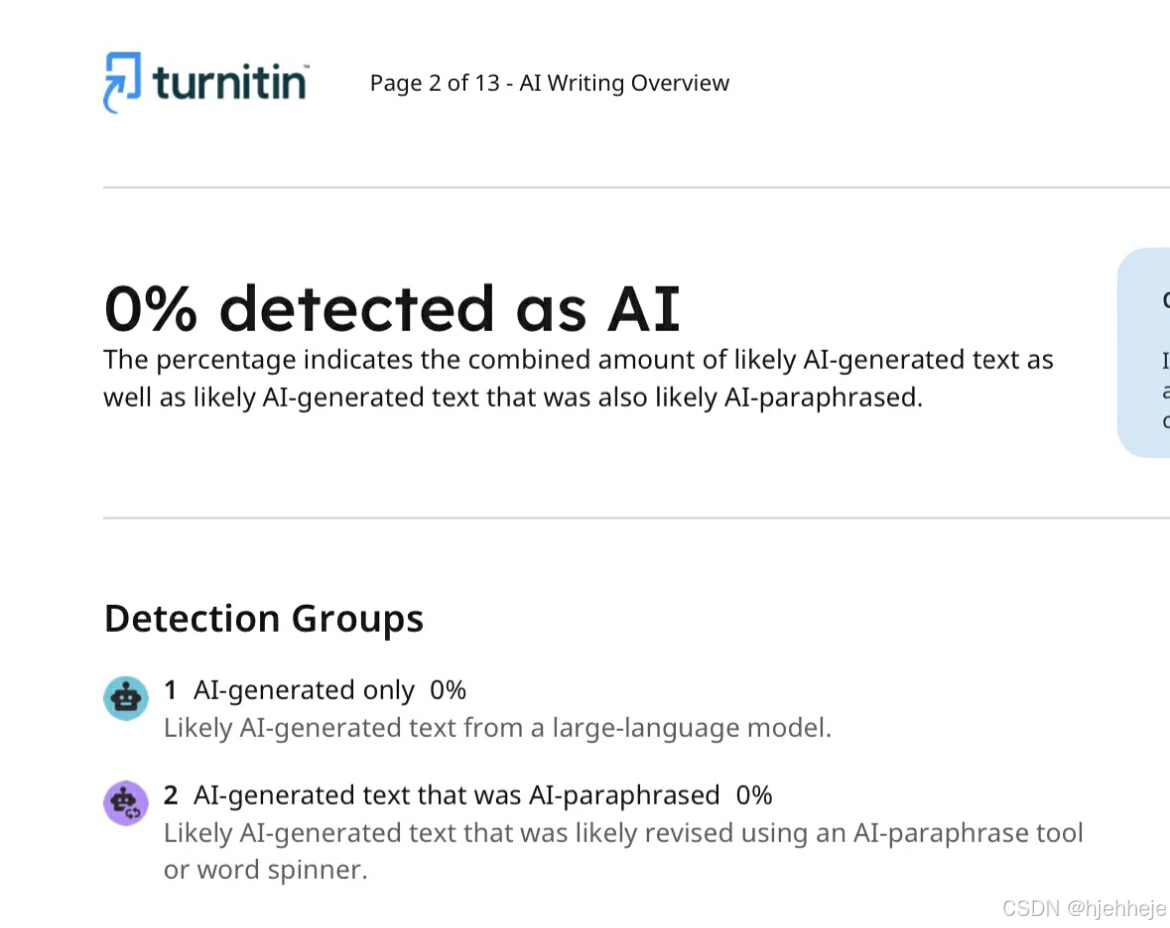在学术写作中,英文降重是一个非常重要的环节。无论是学生还是科研人员,都需要确保自己的论文或研究报告具有原创性,避免抄袭或过度引用他人的内容。英文降重不仅有助于提高文章的质量,还能确保学术诚信。本文将介绍一些实用的英文降重方法与技巧,并通过三个成功案例进行分析。

1. 理解原文并用自己的话表达
降重的第一步是彻底理解原文的意思,然后用你自己的话重新表达。这种方法不仅能有效降低重复率,还能帮助你更好地掌握所学的知识。例如,原文可能是:“The rapid development of technology has significantly changed the way people communicate.” 你可以改写为:“Technological advancements have greatly altered how individuals interact with each other.”

2. 改变句子结构
改变句子结构是另一种有效的降重方法。你可以将主动语态改为被动语态,或者将复合句拆分为简单句。例如,原文是:“Many studies have shown that regular exercise can improve mental health.” 你可以改写为:“It has been demonstrated by numerous studies that mental health can be enhanced through regular physical activity.”
3. 使用同义词和近义词
使用同义词或近义词替换原文中的词汇也是一种常见的降重技巧。但要注意,替换的词汇必须准确,不能改变原文的意思。例如,原文是:“The government has implemented several policies to reduce pollution.” 你可以改写为:“The authorities have introduced various measures to decrease environmental contamination.”
成功案例分析
案例一:学生论文降重
一位学生在撰写关于气候变化的论文时,发现自己的初稿重复率较高。通过理解原文并用自己的话重新表达,他成功将重复率从25%降低到10%。例如,原文是:“Climate change is primarily caused by human activities such as burning fossil fuels.” 他改写为:“Human actions, including the combustion of fossil fuels, are the main drivers of climate change.”
案例二:科研报告降重
一位科研人员在撰写研究报告时,发现引用的文献内容重复率较高。通过改变句子结构和使用同义词,他成功将重复率从30%降低到15%。例如,原文是:“The results indicate that the new drug is effective in treating the disease.” 他改写为:“Findings suggest that the novel medication is successful in combating the illness.”
案例三:学术论文降重
一位学者在撰写学术论文时,发现自己的文献综述部分重复率较高。通过综合运用多种降重技巧,他成功将重复率从20%降低到8%。例如,原文是:“Previous research has demonstrated that social media has a profound impact on youth.” 他改写为:“Earlier studies have shown that platforms like Facebook and Instagram significantly influence young people.”
总结
英文降重并不是简单地替换几个单词或改变句子结构,而是需要深入理解原文内容,并用自己独特的语言表达出来。通过掌握这些方法与技巧,你可以有效地降低文章的重复率,提高其原创性和质量。希望本文的介绍和案例分析能对你有所帮助,助你在学术写作中取得更好的成绩。























 3719
3719

 被折叠的 条评论
为什么被折叠?
被折叠的 条评论
为什么被折叠?








